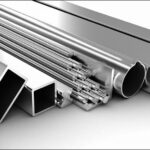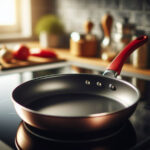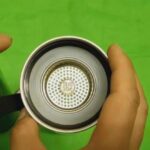Over time, many homeowners have realized that kitchen backsplashes aren’t always as convenient as they expected. In fact, they come with several drawbacks that can affect the user experience. As a result, more and more people are seeking alternatives to tiled backsplashes, opting for more modern and diverse designs for their kitchens.
Why is this happening?

Firstly, tiles can be difficult to clean. They don’t resist dirt well and are prone to discoloration over time, especially due to the high temperatures generated during cooking. The gaps between tiles can also accumulate mold and grime, affecting the kitchen’s overall hygiene. Many people find the maintenance cumbersome, resulting in an unsanitary and aesthetically unpleasing kitchen.
Secondly, tiles are expensive. To ensure quality, many opt for well-known brands, with each tile costing up to several dollars. When you factor in material and labor costs, the total expense of installing tiles becomes substantial, especially if you desire quality grout.
Lastly, tiling requires technical expertise. If not done properly, tiles may become loose or fall off. Inexperienced installers often lack the knowledge to inspect and repair tiles, leading to serious issues down the line.
What are the benefits of alternative designs?
Enamel panels are a new type of kitchen decorative material made from steel coated with enamel and fired at high temperatures. This material offers numerous advantages, creating a whole new experience for your kitchen.
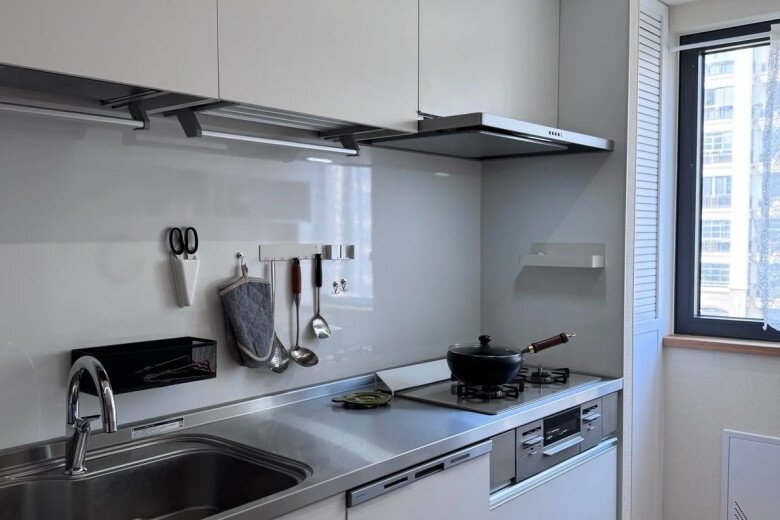
Here are four standout features of enamel panels:
1. Abrasion and Corrosion Resistance
Enamel panels offer superior durability and exhibit excellent resistance to abrasion and corrosion. Manufactured from steel coated with enamel and fired at high temperatures, these panels have a hardness comparable to that of quartz stone. This enables them to withstand pressure and impacts during daily use, ensuring long-lasting beauty and protection against scratches or damage over time.
Moreover, enamel panels possess antibacterial properties and are free from harmful chemicals, inhibiting the growth of bacteria and mold. This is especially important in kitchen environments, where hygiene and food safety are paramount. Using enamel panels provides peace of mind while cooking and safeguards the health of your family.
2. Easy to Clean

One of the standout features of enamel panels is their ease of cleaning. Once installed, you’ll find that enamel panels don’t absorb odors or attract dust like many other materials. This means that any stains, from grease to sauce, can be effortlessly wiped away with a damp cloth. The smooth surface facilitates quick and effective cleaning, saving time and effort for homeowners.
Furthermore, with simple maintenance, enamel panels will retain their new-like appearance, inspiring delicious meals and a tidy kitchen. This not only enhances your quality of life but also fosters a welcoming and comfortable atmosphere for cooking and gathering with your loved ones.
3. High Heat Resistance
Enamel panels can withstand temperatures as high as 450°C, an exceptional feature for kitchen environments where temperatures fluctuate. This ensures that the panels won’t crack or sustain damage when exposed to high heat, such as during stir-frying or roasting. This attribute not only enhances the product’s longevity but also expands its applications, allowing its use not only in the kitchen but also in bathrooms.
Additionally, the magnetic design enables easy attachment of shelves or storage accessories to the surface without worrying about them falling or breaking. This not only provides convenience in organizing your space but also optimizes its functionality, resulting in a neat and orderly kitchen.
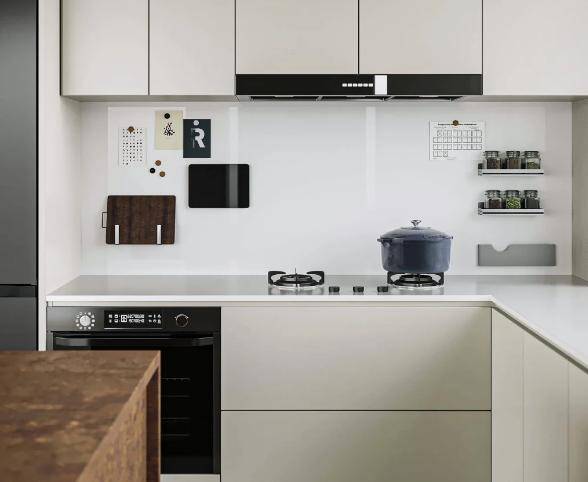
4. High Environmental Protection Index, Free of Formaldehyde
Another critical advantage of enamel panels is their environmental friendliness. Unlike traditional tiles, enamel panels are free from formaldehyde and other harmful chemicals, reducing the risk of exposure to hazardous substances during daily use. This is especially pertinent in today’s world, where health and environmental consciousness are on the rise.
The installation process for enamel panels is also straightforward; they can be fixed to walls without the need for adhesives or other toxic chemicals. This not only saves time but also minimizes environmental impact, providing a safe and sustainable solution for your living space. With these benefits, enamel panels offer not just aesthetic appeal but also a wise choice for health and environmental considerations.
What is Stainless Steel? How to Distinguish Common Stainless Steel Types.
Introducing Inox – the versatile material that’s making its way into our everyday lives. With its sleek and modern appeal, Inox has become a familiar sight, crafting everything from essential household items to industrial essentials. Its durability and sleek finish make it the go-to choice for a wide range of applications, ensuring it’s a material that’s here to stay.
What is Stainless Steel? How to Distinguish Common Types of Stainless Steel.
Introducing Inox – the versatile material of choice for a myriad of applications. With its superior qualities, Inox has become a household name, renowned for its durability and sleek aesthetic. Crafted from the finest materials and designed to perfection, Inox delivers an unparalleled experience, ensuring longevity and style in equal measure.
Is Stainless Steel 304 Kitchenware Really That Good? The Answer May Surprise You!
“When it comes to purchasing household appliances, you may have heard the advice to opt for stainless steel, specifically the type known as ‘inox 304.’ But is it really worth the hype, and is it the best option out there? Let’s delve into the world of stainless steel and uncover the truth behind the popularity of inox 304.”


























